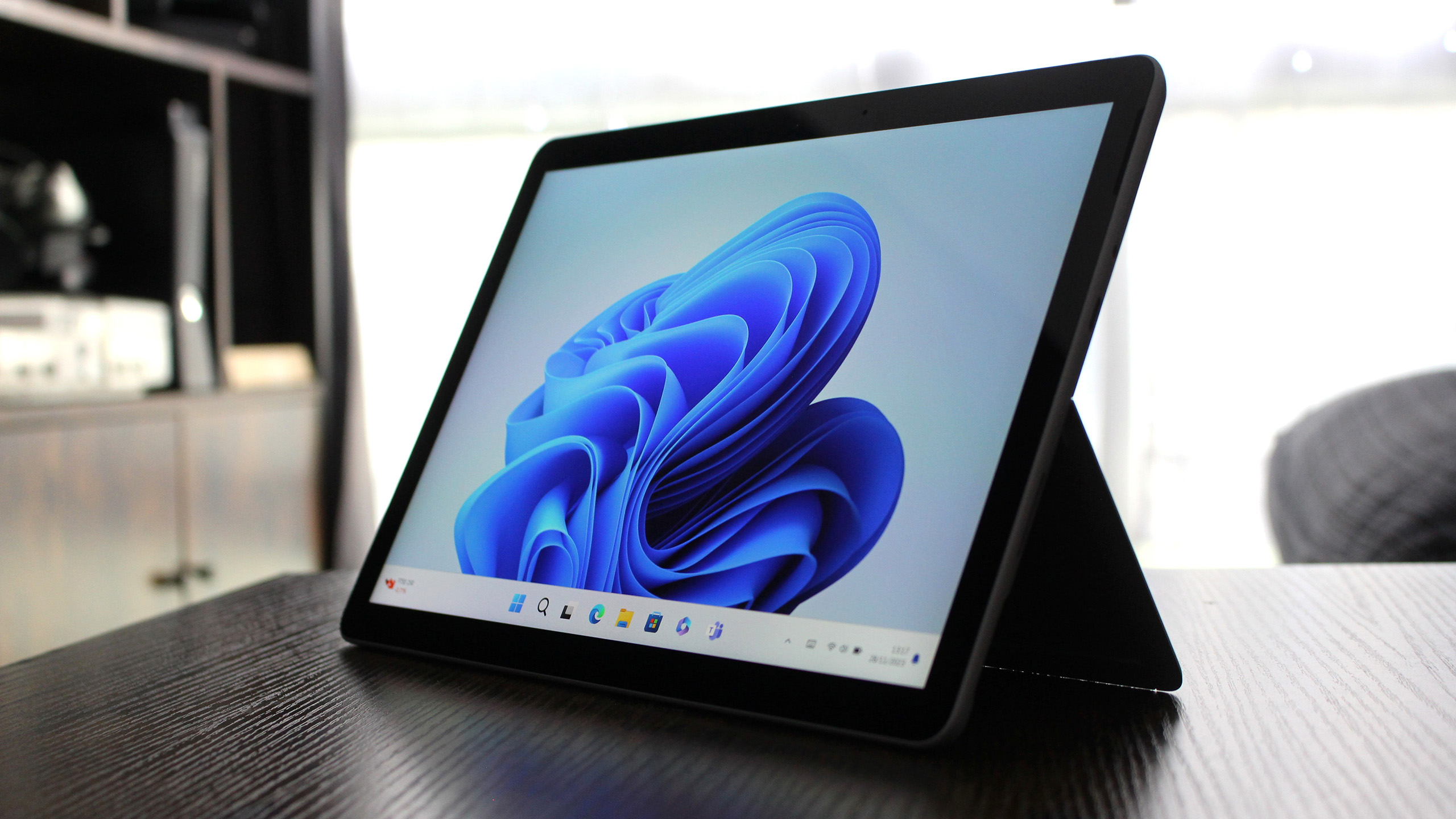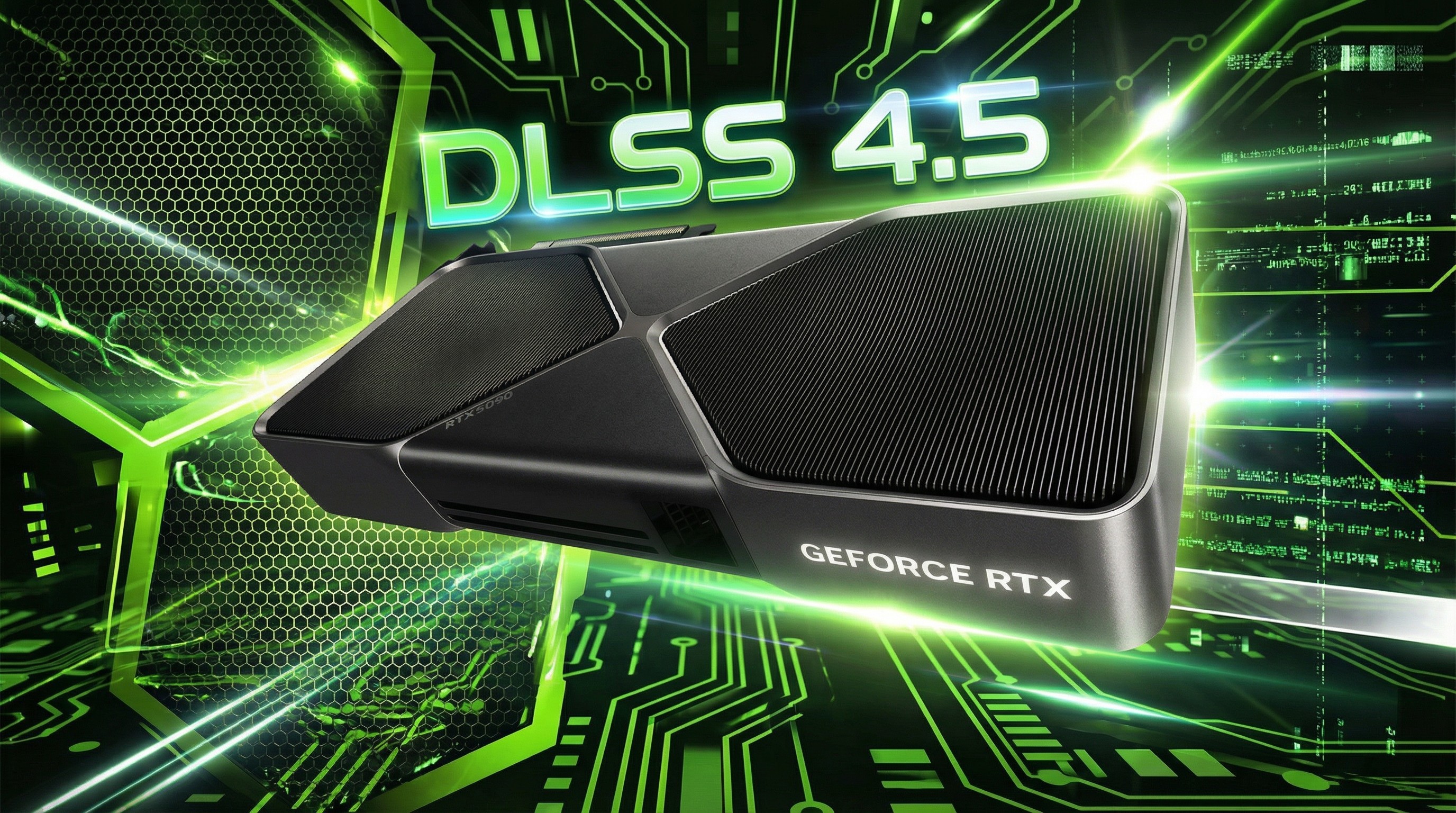Half of Windows PCs are still yet to upgrade to Windows 11 — and are running out of time, says study
A study from ControlUp says that about 50% of PCs are now running Windows 11, with the other 50% still on Windows 10. End of support is fast approaching.

A new readiness study from ControlUp has revealed fascinating data about the current state of the Windows market, including how many PCs on average are still yet to upgrade to Windows 11, and how many can't.
According to the study, about 60% of PCs in the enterprise have made the switch to Windows 11, with the other 40% still running Windows 10, which will reach end of life on October 14 this year.
ControlUp also claims that around 50% of PCs in the consumer space are yet to upgrade to Windows 11. This data tracks with Stat Counters recent milestone, where Windows 11 finally overtook Windows 10 to become the most used version of Windows on the market currently.
The good news is that according to ControlUp, 87% of the PCs that are yet to be upgraded are ready to do so, with those PCs being fully compatible with Windows 11, making the update process simple without the need to buy a new PC first.
The study also breaks down the different sectors within the commercial space. Markets like healthcare are the furthest behind, with around 60% of devices still running Windows 10 or older, followed by finance and government with 55% and 39% respectively.
ControlUp says that around 25% of consumer PCs and 24% of business PCs still running Windows 10 will likely need to be replaced to avoid Windows 10's end of support. These PCs are in-eligible for Windows 11 and will need to be replaced to upgrade.
Curiously, the study also reveals upgrade behavior by region. In North America, 57% of PCs still need to upgrade to Windows 11, whereas that number is only 30% in Europe, meaning European markets are ahead with their migration from Windows 10.
All the latest news, reviews, and guides for Windows and Xbox diehards.
Microsoft has announced that commercial customers will be able to pay for extended security updates on Windows 10 beyond October 2025 for devices that are in-eligible for Windows 11.
The extended security updates program will run three years from October 2025 to October 2028, and will cost $61 per device, which will double for every year the device remains enrolled in the extended security updates program.
For consumers, that price is significantly cheaper. It's just $30 or free if you sign in with a Microsoft Account, but consumers only get one year of extended security updates. After October 2026, they'll have no choice but to upgrade to Windows 11 or move to something else to remain secure.
Ultimately, it's evident that millions of PCs will still be running Windows 10 when it reaches end of life this October. It's uncear how many of those PCs will choose to pay for security updates, or run the risk of staying on the platform without security patches.
While it won't happen right away, apps and drivers will slowly stop supporting Windows 10 over time once end of support hits. Microsoft has already confirmed that it will stop delivering new features to Office on Windows 10 starting next year.
What are your thoughts on the current state of the Windows market? Are you looking forward to switching to Windows 11 if you haven't already?

You must confirm your public display name before commenting
Please logout and then login again, you will then be prompted to enter your display name.
